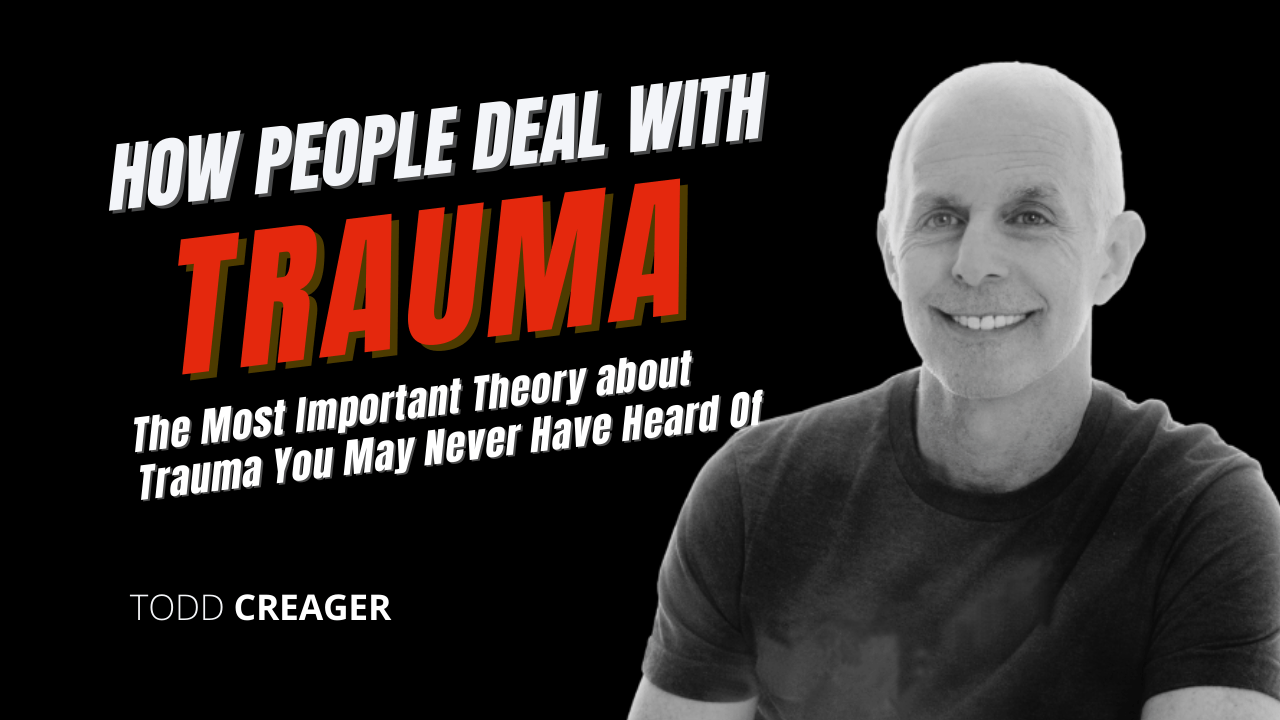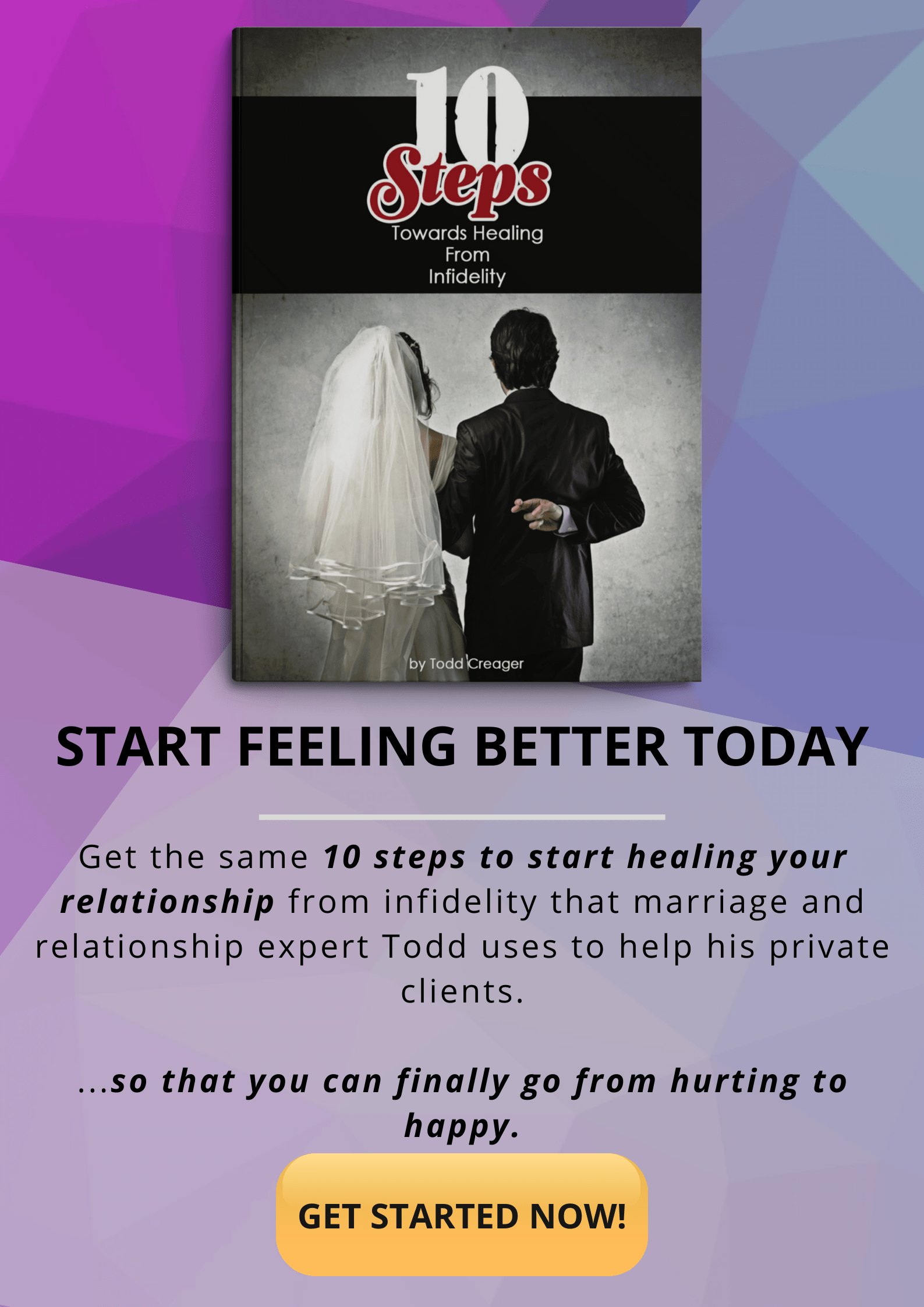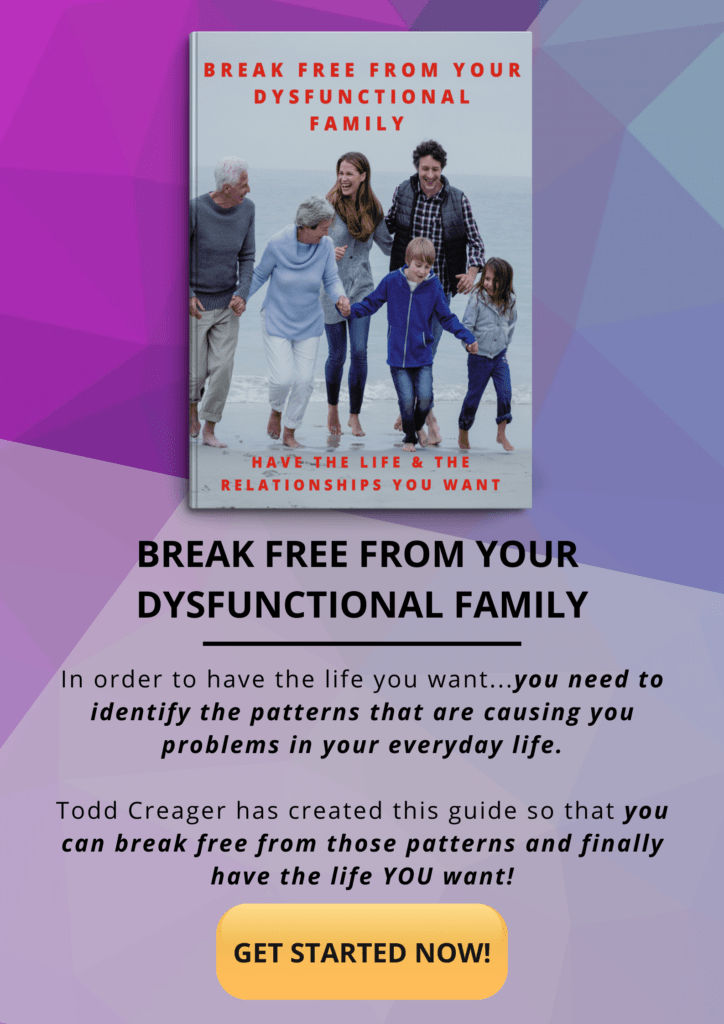In this post I share groundbreaking insights into how people deal with trauma. Trauma is a topic that touches many lives yet remains shrouded in mystery for most.
I delve into the Polyvagal Theory, a revolutionary concept that sheds light on our body’s response to trauma.
This theory, though relatively new, offers profound implications for understanding and healing from traumatic experiences.
Why You Should Watch This Video:
Uncover the Secrets of Polyvagal Theory: Learn about this cutting-edge theory developed by Dr. Steven Porges, which explains how our nervous system responds to trauma. It’s a game-changer in understanding the biological underpinnings of our reactions to threatening situations.
Discover Neuroception: I’ll explain the concept of ‘neuroception,’ a vital process where our body subconsciously scans for safety or danger. This understanding is crucial for anyone looking to comprehend their own or others’ reactions to traumatic events.
Insights into Trauma and Memory: Trauma affects how we remember events. In the video, I discuss how trauma can fragment memory into different components like cognition, emotion, and sensation, leading to incomplete or disjointed recollections.
Learn About the Three Trauma Responses: I break down the three primary ways people deal with trauma – freezing, fight or flight, and social engagement.
Understanding these responses can be incredibly empowering for anyone struggling to make sense of their reactions to past traumatic events.
Therapeutic Applications and Healing: As a therapist, I use Polyvagal Theory in my practice, particularly in Eye Movement Desensitization and Reprocessing (EMDR) therapy.
This video will give you a glimpse into how these insights can be used in therapeutic settings to facilitate healing and recovery.
I share some essential insights into how people deal with trauma, guided by the innovative Polyvagal Theory.
Understanding this theory can be a turning point in how you view trauma and its impact on the human psyche. Whether you’re a professional in the mental health field, someone who has experienced trauma, or just someone interested in human psychology, this video offers valuable knowledge that can change the way you perceive and deal with traumatic experiences.
Trauma is not just a psychological issue; it’s a physiological one that involves complex responses from our nervous system.
By understanding these responses, we can approach trauma with more compassion and empathy, both for ourselves and others.
The knowledge shared in this video is not just theoretical; it’s practical and can be applied in real-life situations to help people heal and recover from their traumatic experiences.
So, if you’re ready to gain a deeper understanding of how people deal with trauma and how this knowledge can be applied in therapeutic settings, I invite you to watch the video below.
It’s not just about learning a theory; it’s about empowering yourself with the knowledge to understand and heal from trauma.
Remember, understanding trauma is the first step toward healing.
Let’s make the world a safer place for love and healing, one insight at a time.
Suggested Content:
If you have had painful past memories or trauma that is difficult to get over or that is still influencing your current life, please watch this video on How to Heal Trauma with EMDR
Need Help with Healing From Trauma?
How most people deal with trauma won’t help you heal and have the life you want.
Todd has created a guide…the 5 Keys to Healing From Trauma. Follow these 5 simple steps that will help you go from surviving to thriving.














Reader Interactions